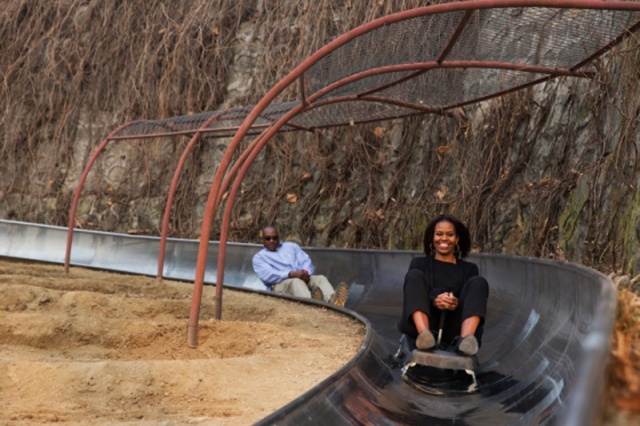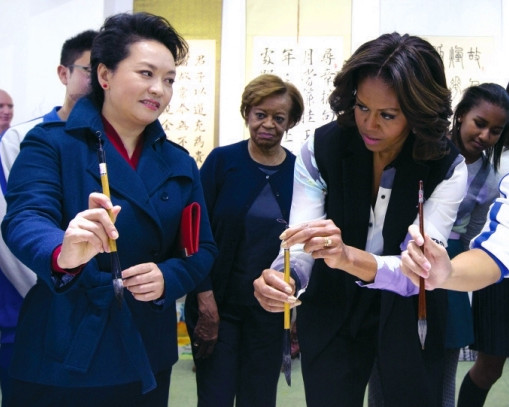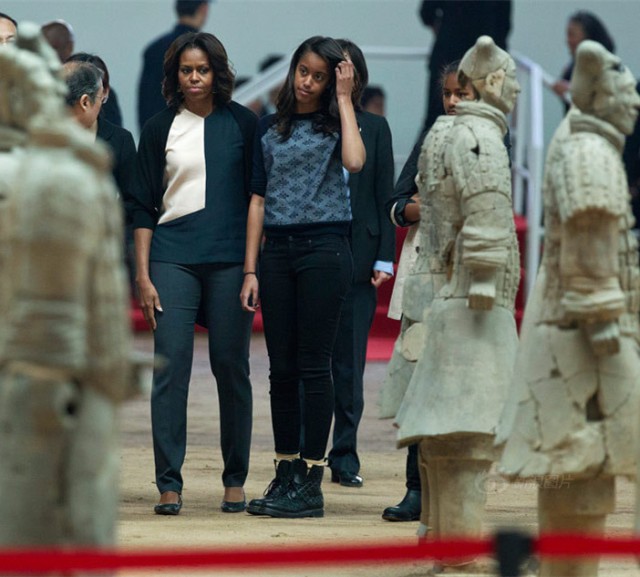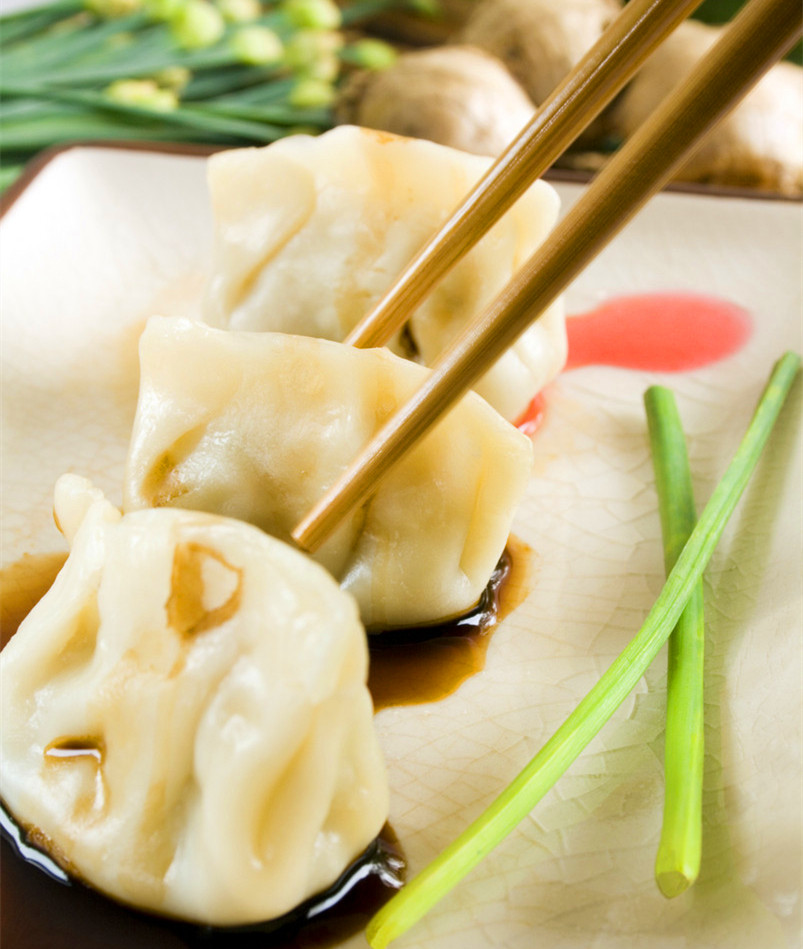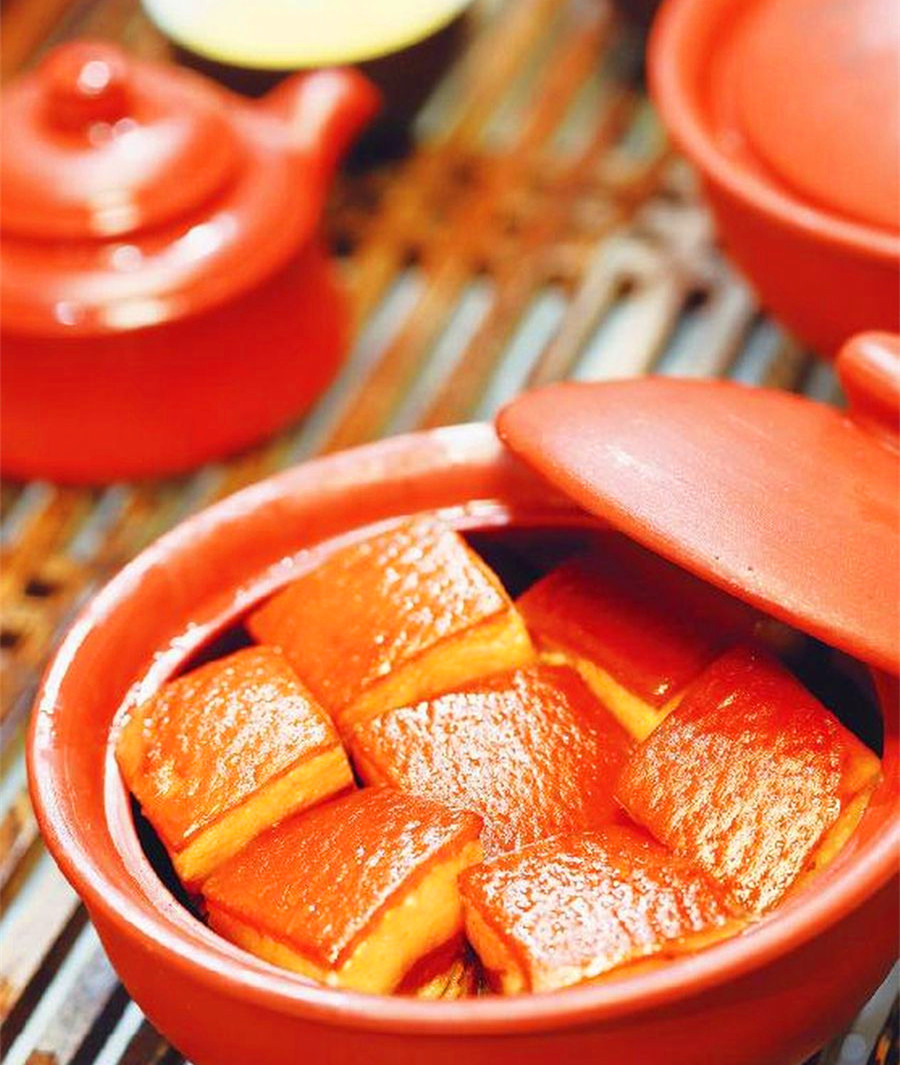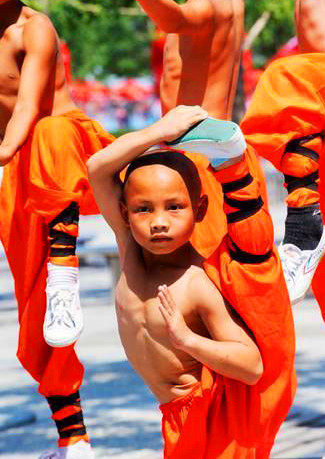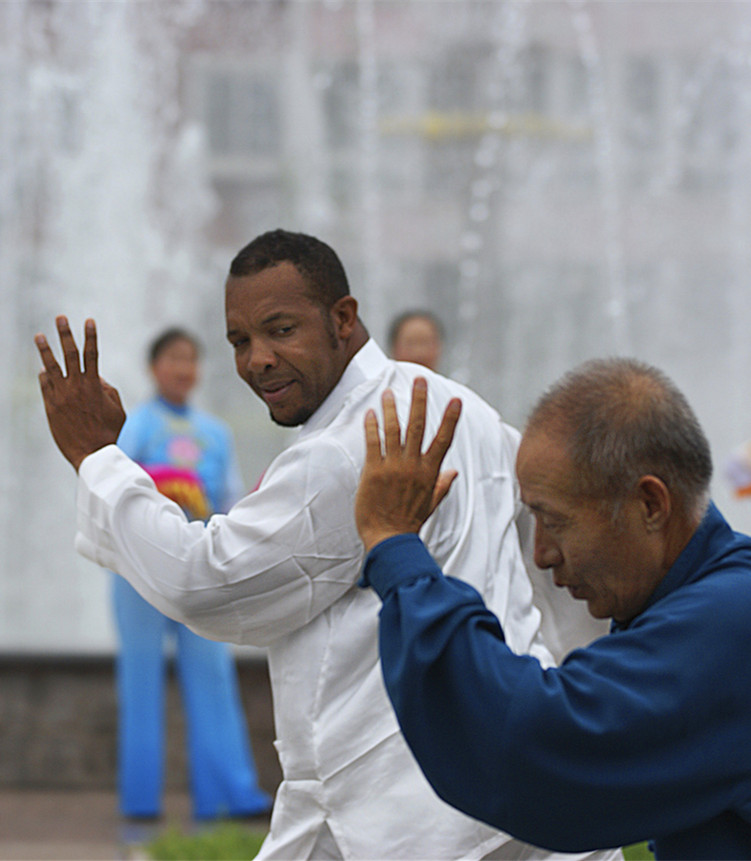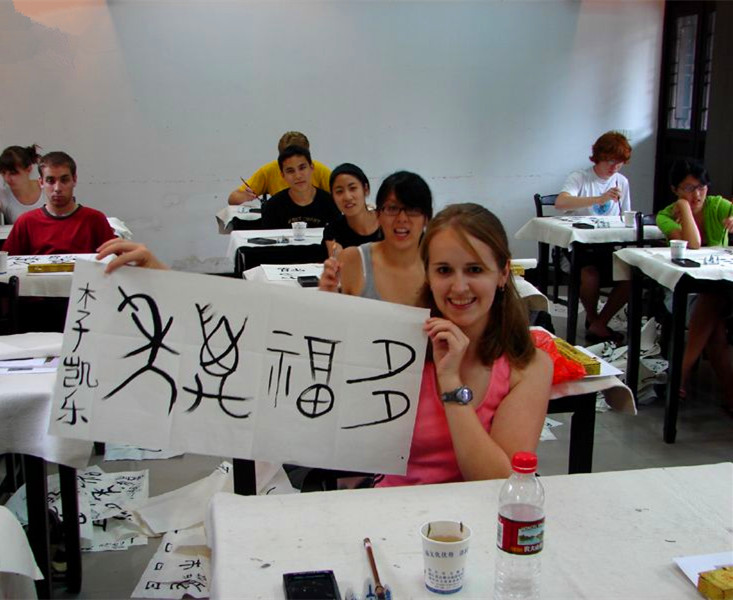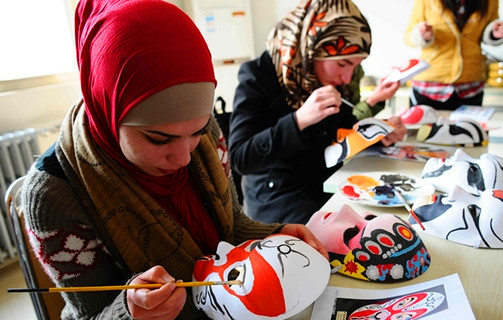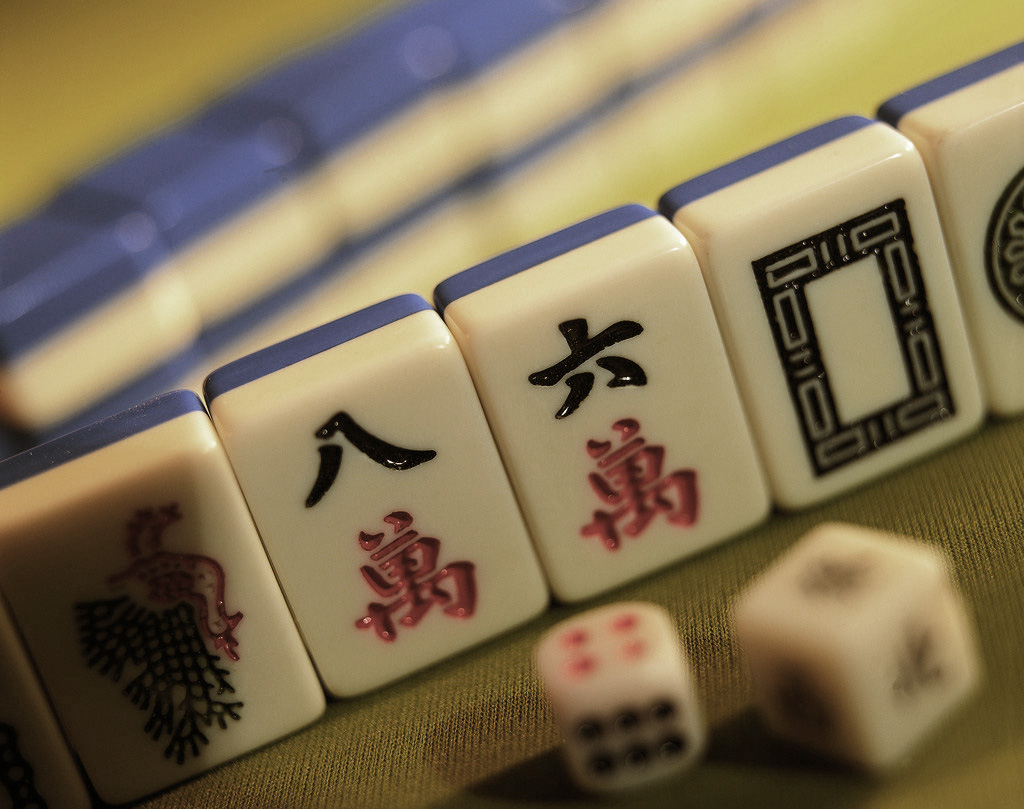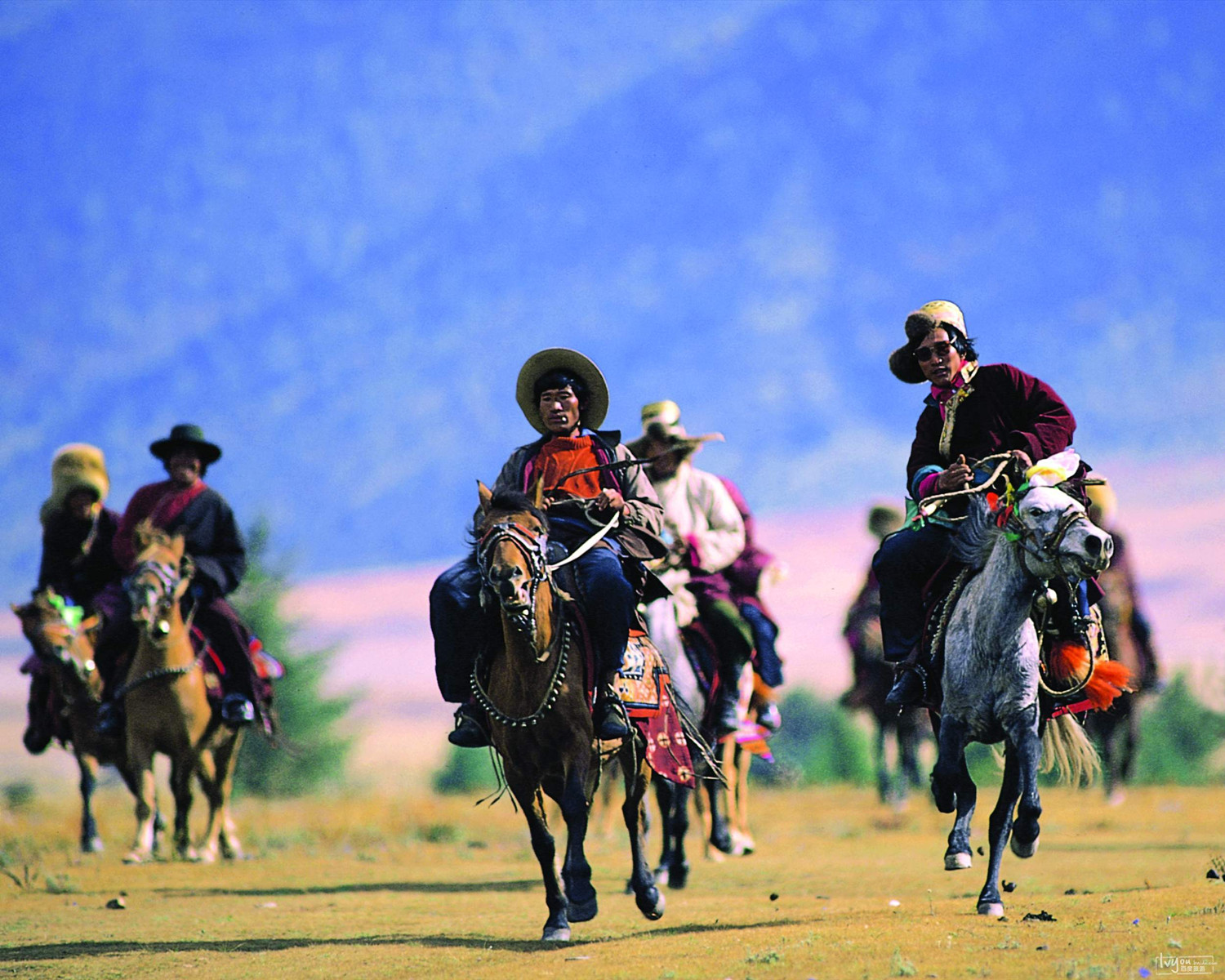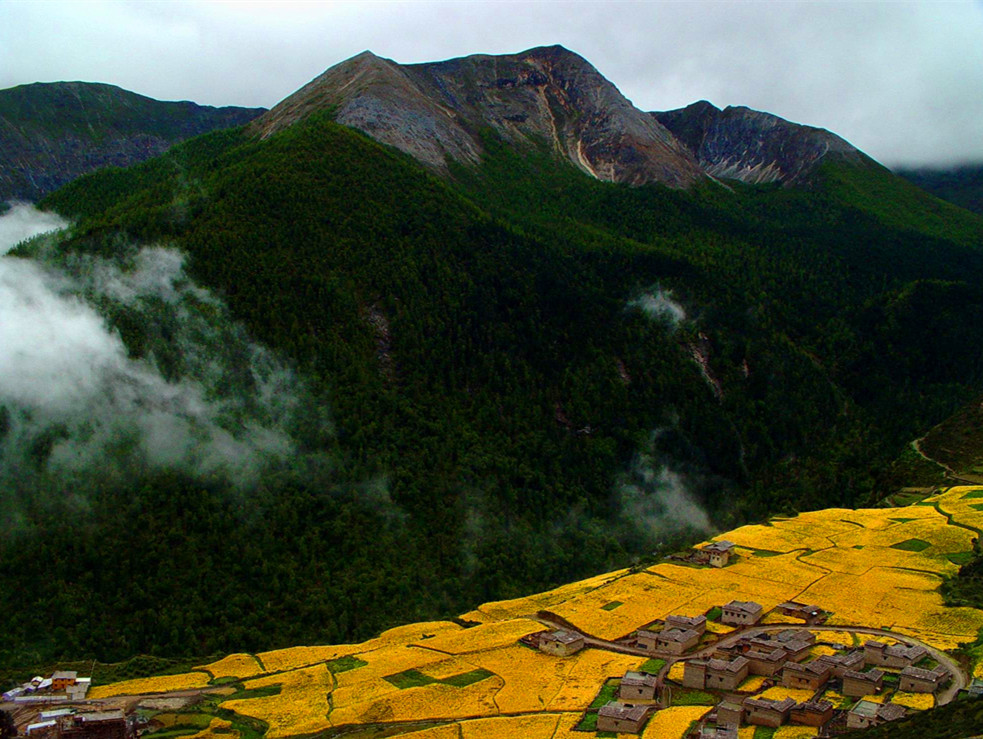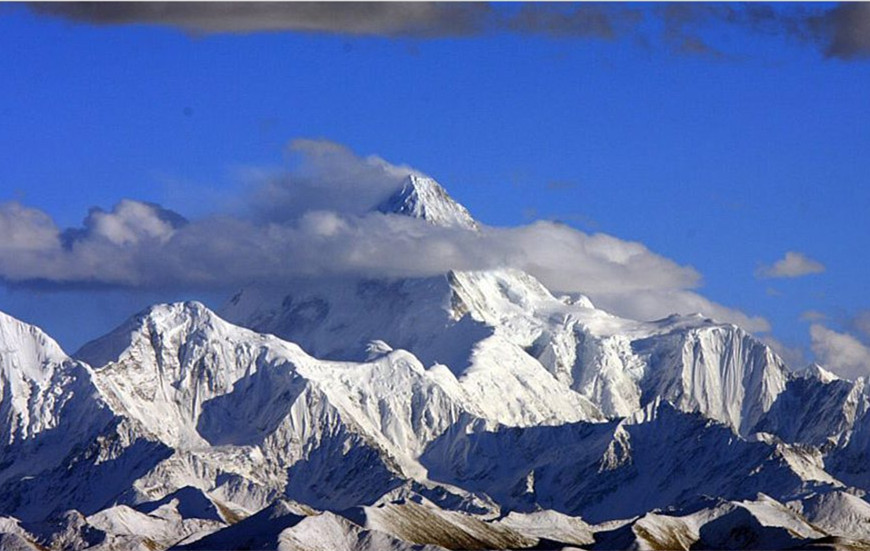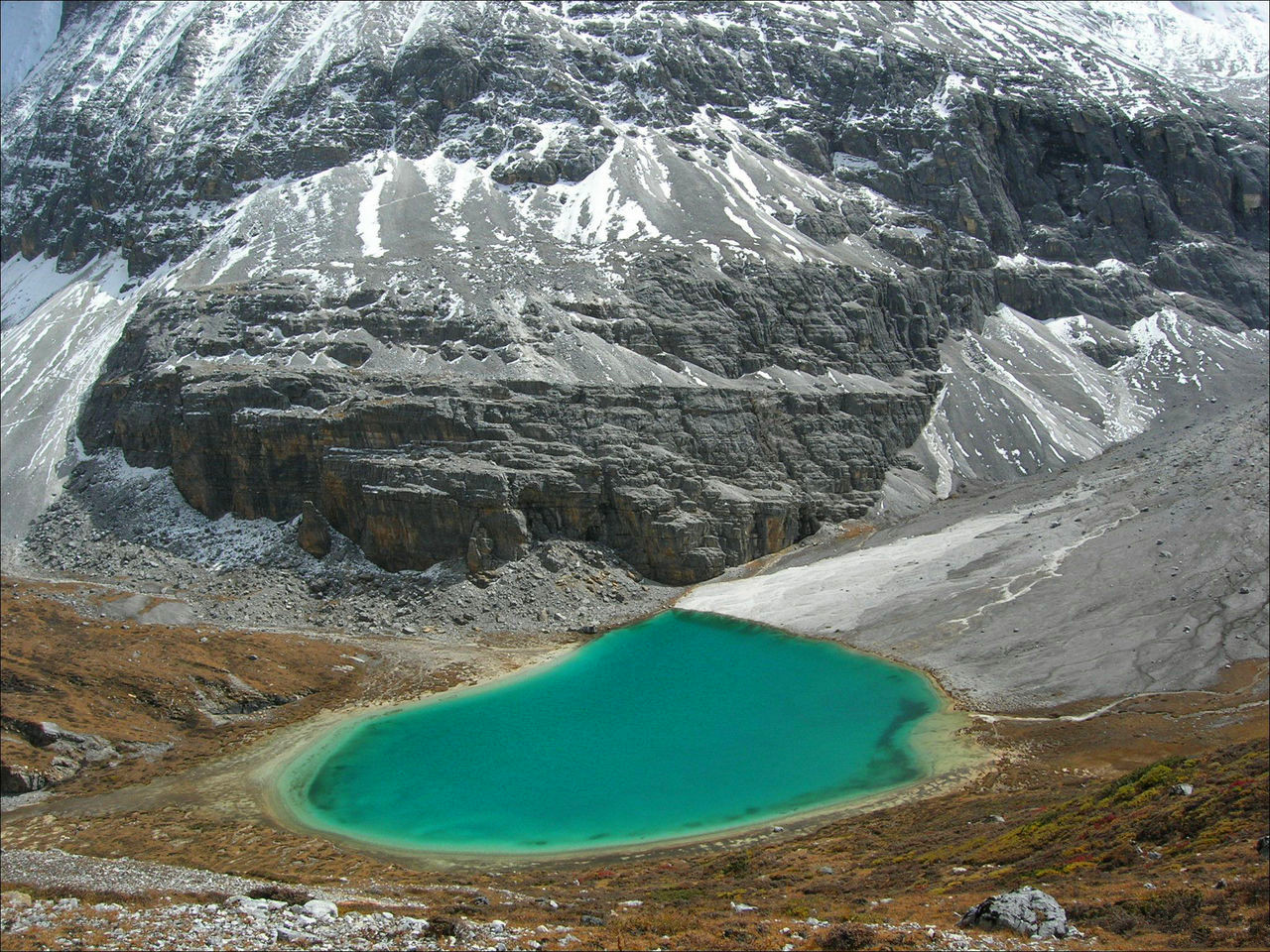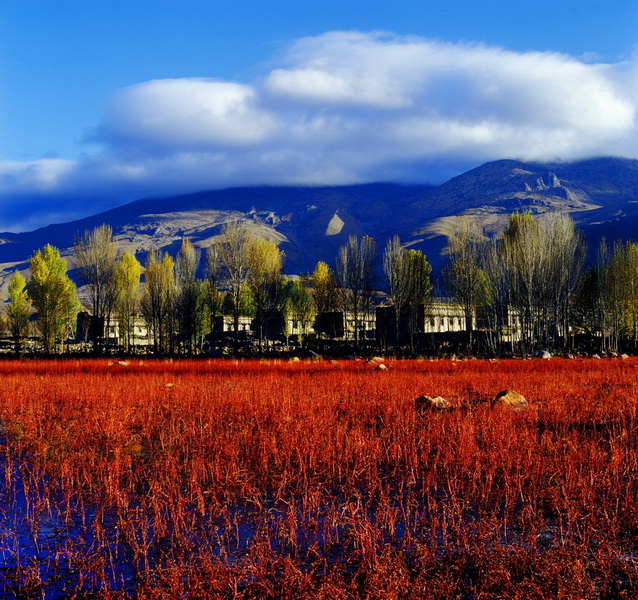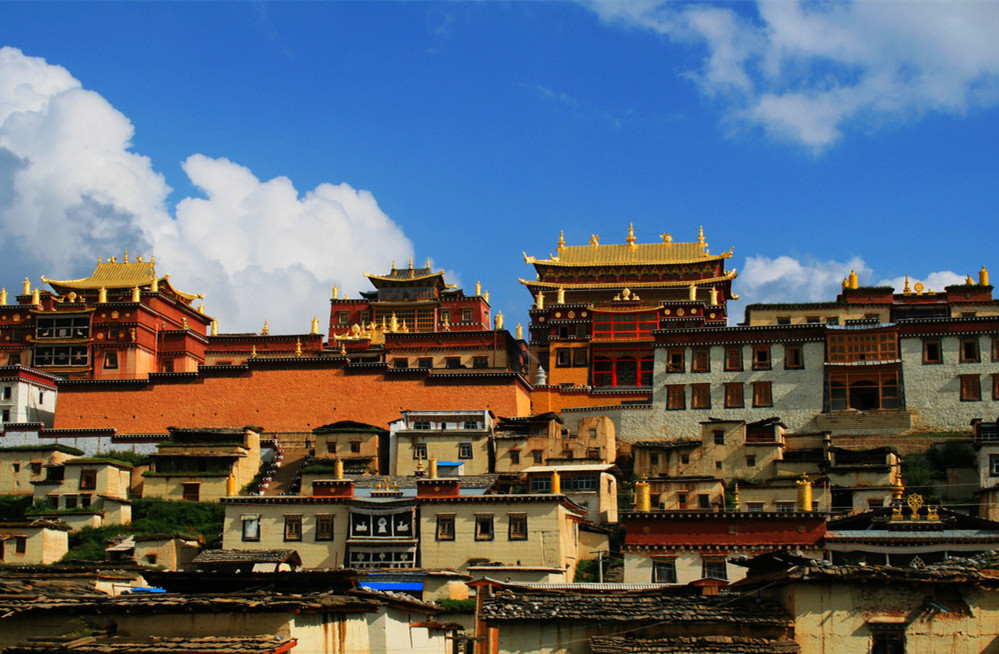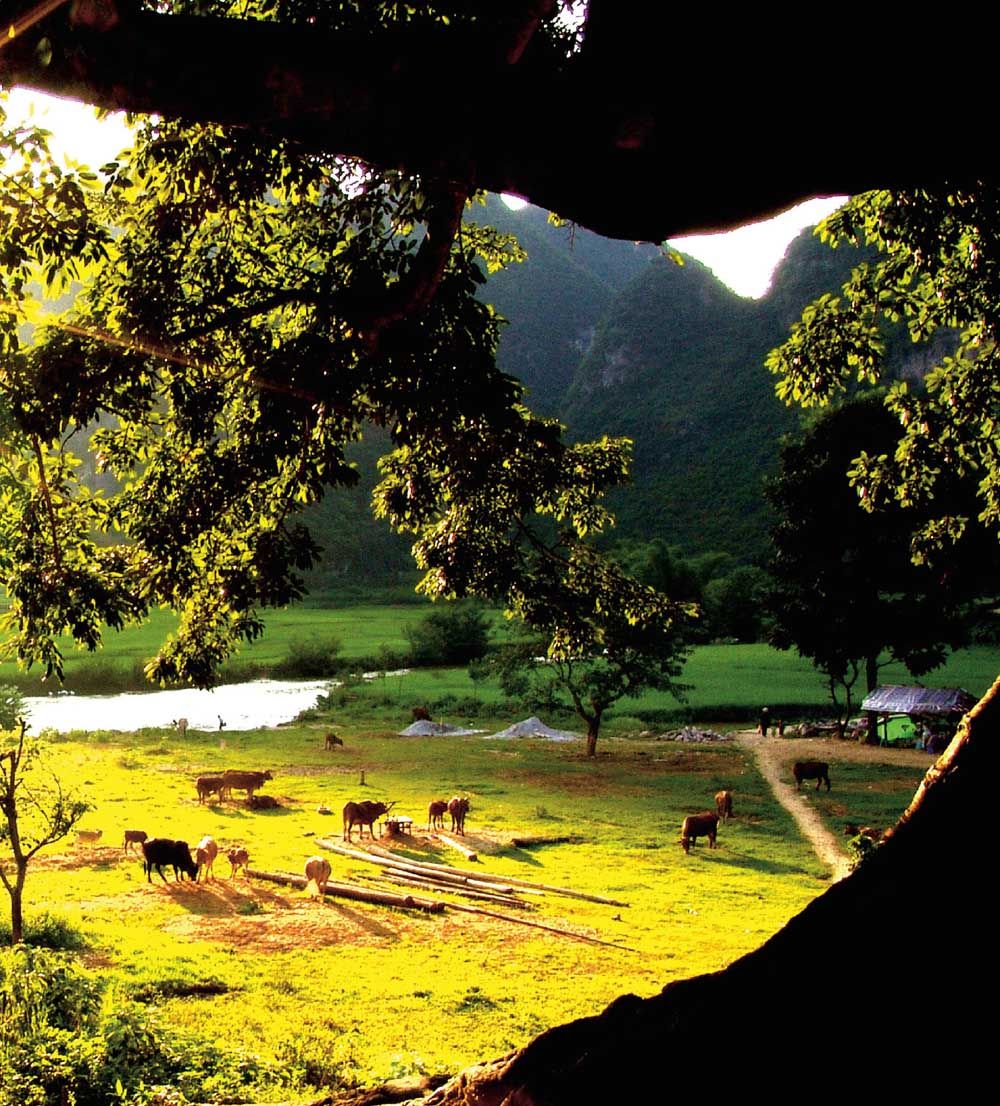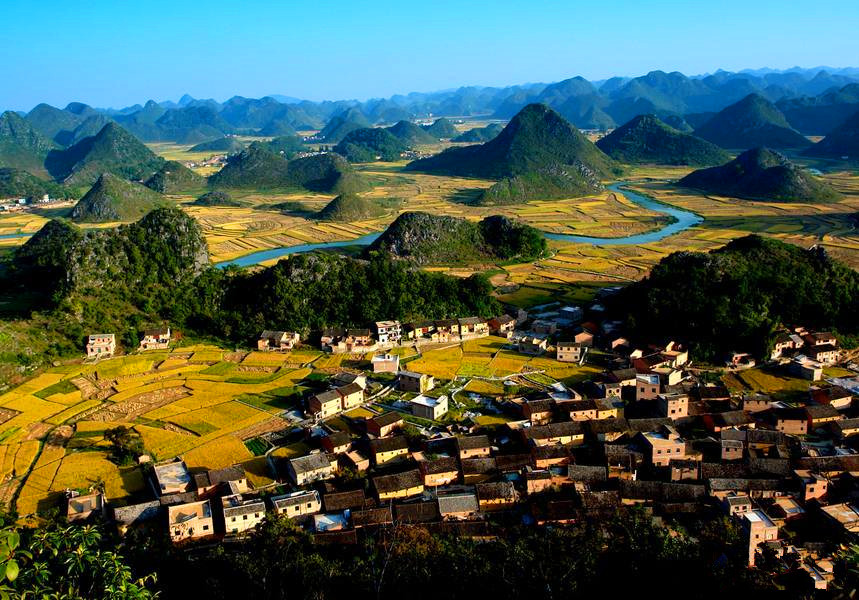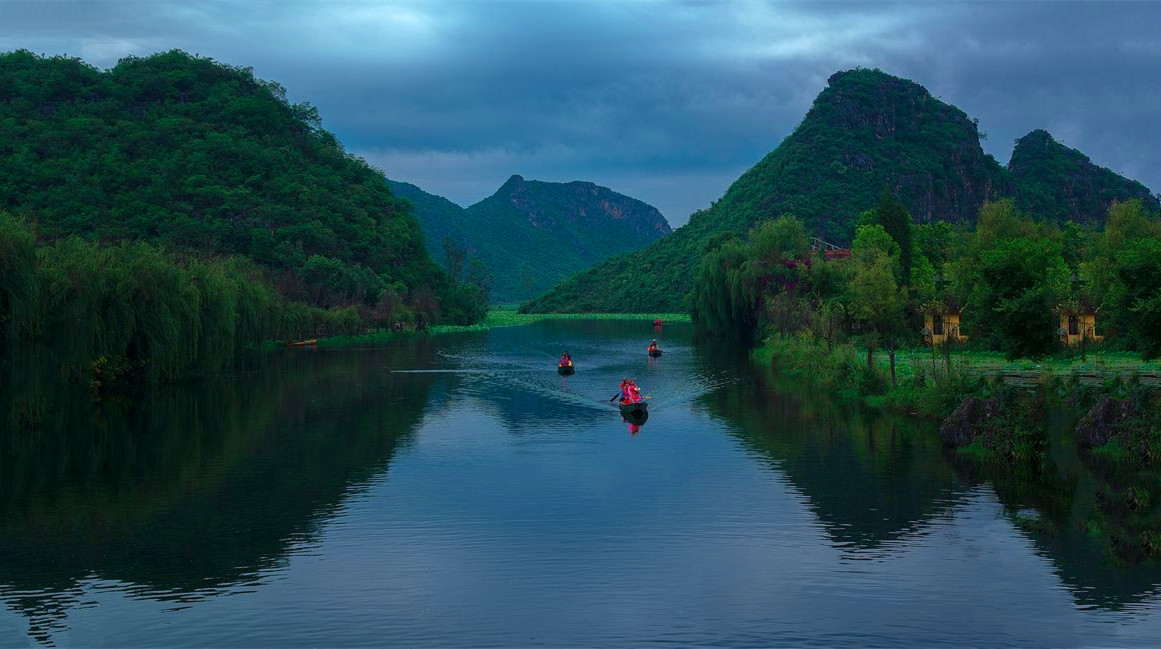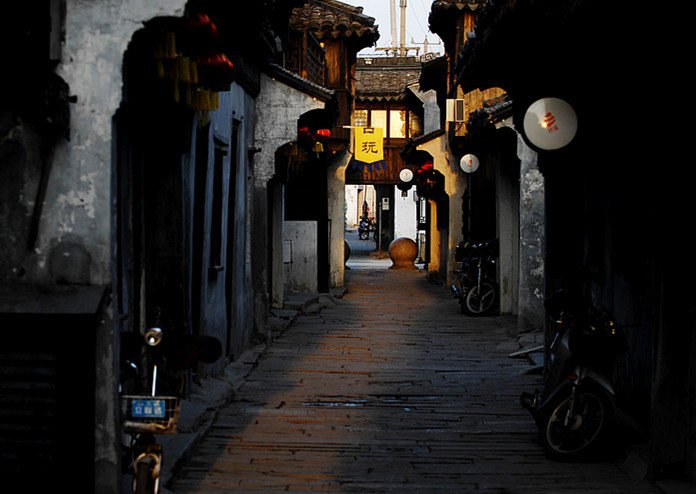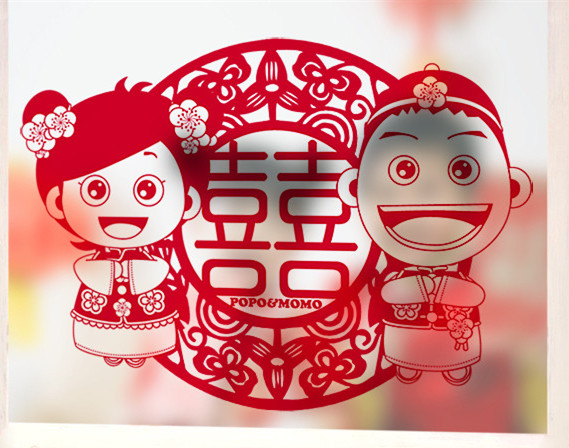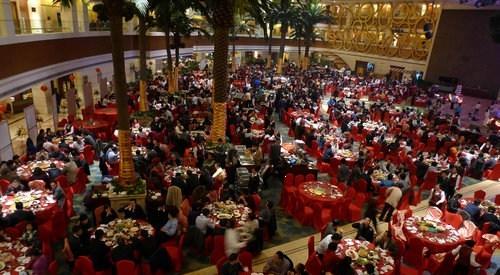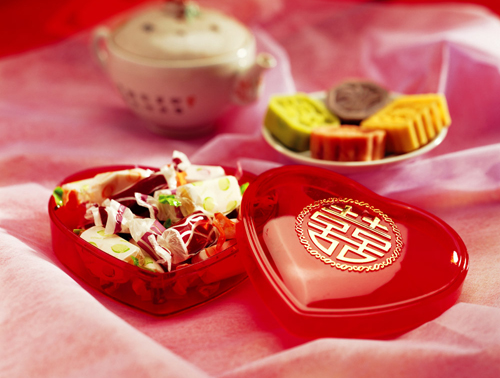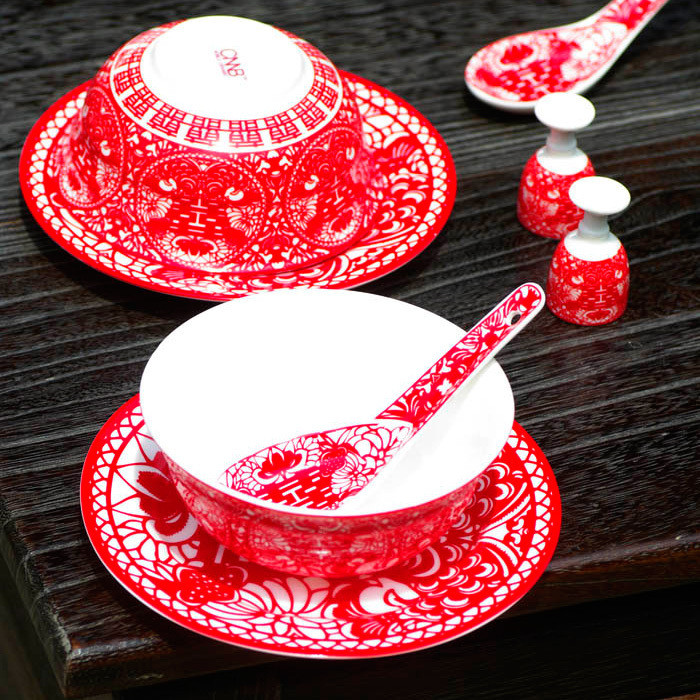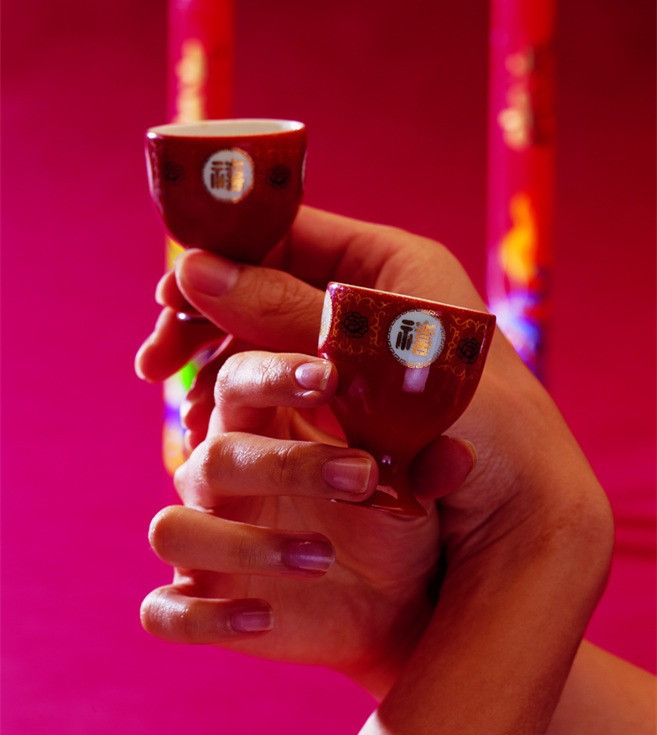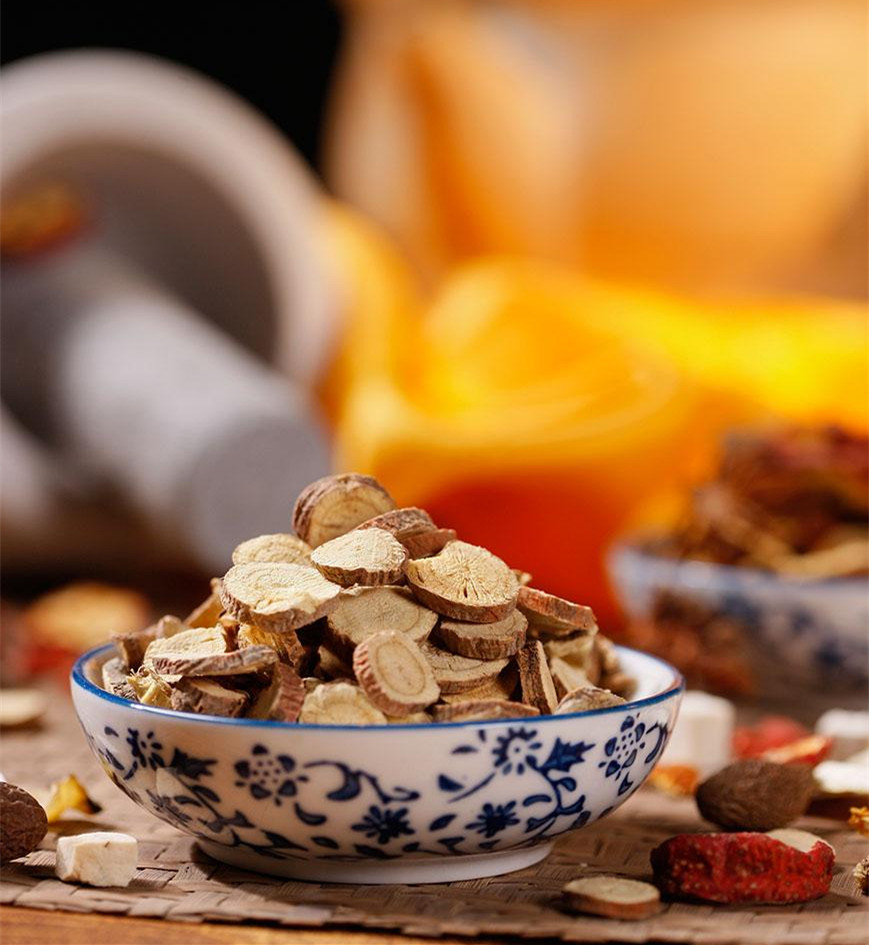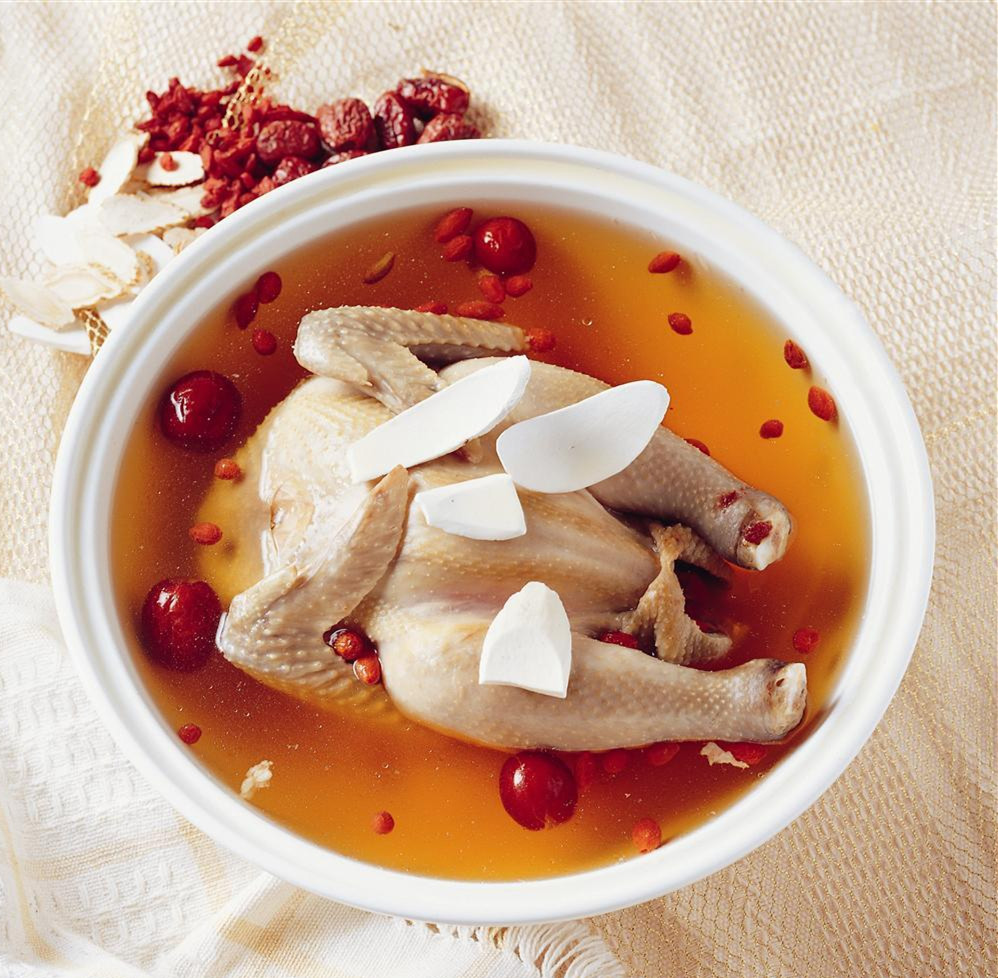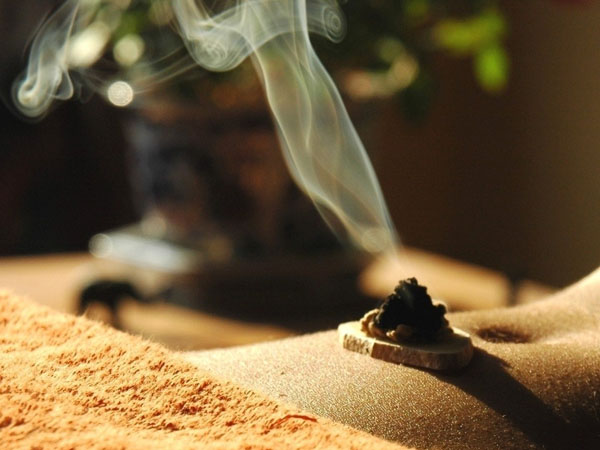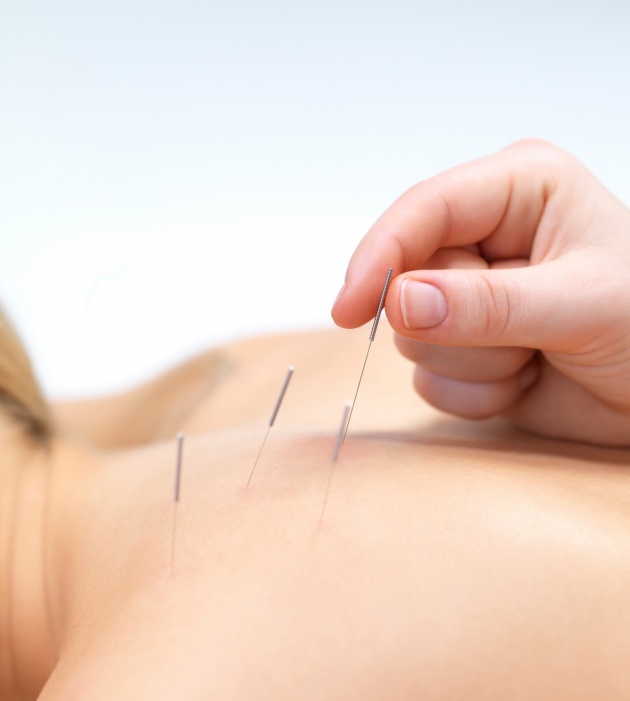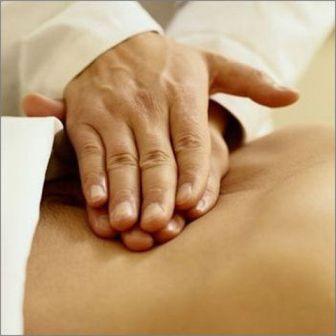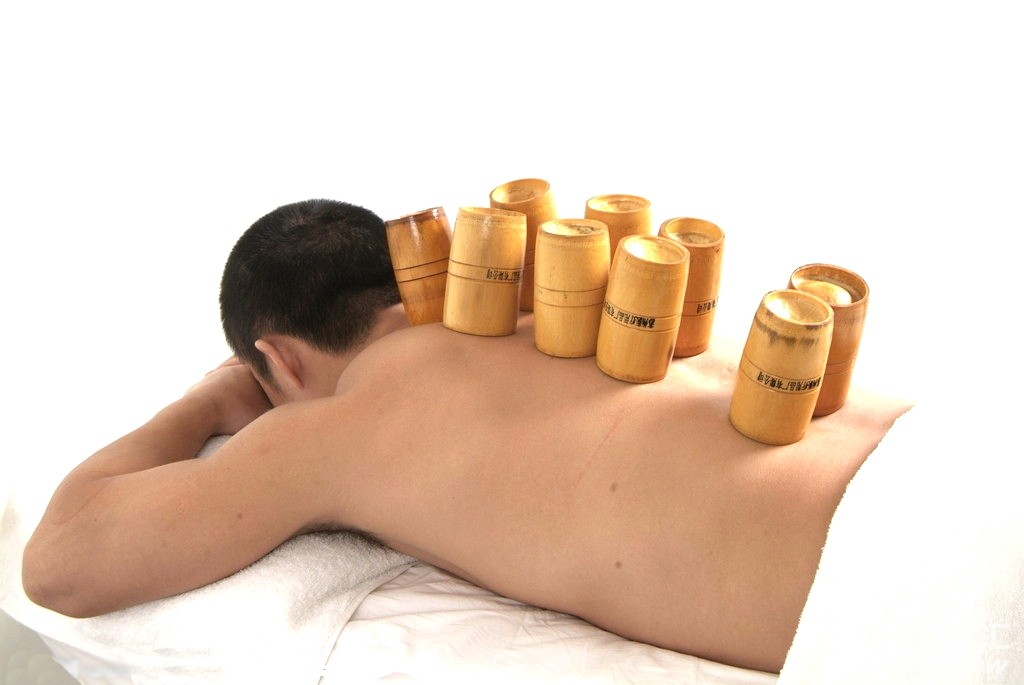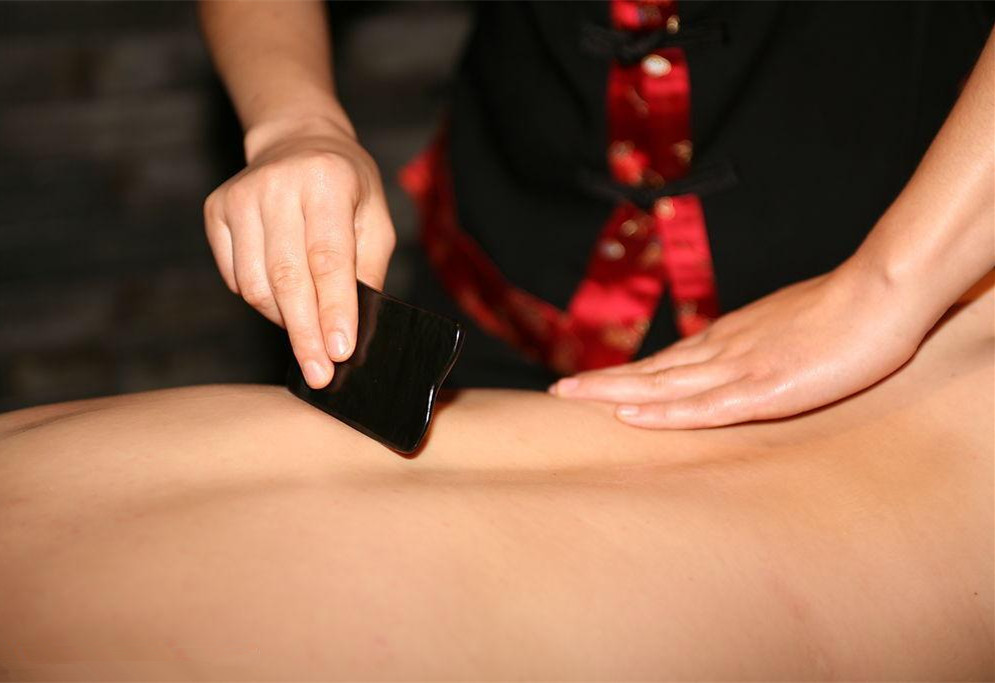U.S. First Lady Michelle Obama has just had a 7-day China visit from March 20-26, 2014, accompanied by her mother, Mrs. Marian Robinson, and two daughters, Malia and Sasha Obama. During her short trip, Mrs Obama enjoyed three days in Beijing, one day in Xi’an and two days in Chengdu, focusing on promoting education and the importance of exchange programs among young people between United States and China. Mrs Obama encouraged US students to follow her trip!
By this visit, Mrs Obama no doubt has explored some of the most charming cities in China, by discovering world famous attractions such as Great Wall and Terra-cotta Warriors and learning Chinese culture and art at school. Let’s review First Lady’s itinerary and dig out what’s the real highlight for traveliing in China.
Explore the best of China by http://www.easytourchina.com/china-super-value-tour-2014
Mrs Obama’s Beijing visit from March 20-23
Mrs Obama met with Madame Peng, China’s first lady and wife of Chinese President Xi Jinping in Beijing. However, this visit was more than a political visit, but focused more on China’s historical sites, culture tradition and even Chinese cuisine. Mrs Obama visited the Great Wall (taking the slide down), Forbidden City and Summer Palace, as well as Peking University and a local high school. She was very interested in learning Chinese calligraphy, Taichi, and yangko dance. Mrs Obama and her group also tasted authentic Beijing cuisine, including the excellent Peking Roast Duck.
Great Wall - the greatest of the eight ancient architectural wonders in the history of human civilization.
Summer Palace - a UNESCO World Heritage Site that has one of the richest collections of cultural relics in China, nearly 40,000 pieces in number.
Forbidden City - the largest imperial palace in China for 24 emperors’ reign during the Ming and Qing dynasties with a history of around 600 years.
Mrs Obama’s Xian visit on March 24
Xian is a fantastic destination in China, and used to be the national capital of 13 dynasties in ancient China. There’s a lot to explore in Xian. Mrs Obama paid a visit to the city’s two major attractions, Terra-cotta Army and The Ancient City Wall, both of which are of great interest and offer a window of old China with profound civilization.
Terra-cotta Warriors and Horses Museum – an army of terra-cotta warriors and the bronze chariots entombed in vast underground vaults at Emperor Qin’s tomb since 2200 year ago.
Ancient City Wall - the best-kept and biggest city walls in China.
Mrs Obama’s Chengdu visit from March 25-26
Mrs Obama’s last stop for her China visit was in Chengdu, a new urban star in China. She also visited a high school in Chengdu, and gave a speech to share her own education experience with the students. Chengdu is home to Giant pandas. These cutest creatures attracted Mrs Obama to have a relaxed time in Giant Panda Breeding Research Base. While delicious Chinese food in a local Tibetan restaurant impressed every member of the group.
Chengdu Giant Panda Breeding Research Base - 40 plus pandas as well as other endangered species like lesser pandas and black-necked crane currently reside at the base.
